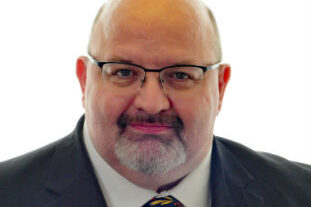For the self-employed and partnerships, whilst the tax year ends on 5 April annually, you are entitled to use whatever accounting year you like. Put simply, the accounting year end that finishes in the tax year provides the assessed profits for that tax year. This of course means that someone with a year-end of 5 April 2020 has his profits assessed in 2019/20 whereas someone making his accounts to 30 April 2020 has his profits taxed in 2020/21.
From 2023/24, it is proposed that everyone will uses a tax year basis, i.e.: as if their accounts were made to 31 March or 5 April annually (HMRC will treat these as coterminous). Any other year-end will be apportioned accordingly – if necessary, filing an estimated Tax Return until your second accounting period has finished. Example: 30 September annual accounting would need 6 months of 30/9/27 and 6 months of 30/9/28 accounts to form the 2027/28 assessment.
The 2023/24 tax year will be a transition year. Whilst these rules are yet to be finalised, if you are not already on a 31 March or 5 April basis, it is expected that a merging of the old and new system will occur. Example: a 30 September year end would have 18 months of profit assessed in the 2023/24 tax year (12 months to 30/9/23 plus 6 months to 5 April 2024) but with the ability to elect to spread the additional tax due across 5 years. You can use any Overlap Relief brought forward.
As you are effectively going to be forced to change when your profits are assessed in the next couple of years, if you use anything other than 5 April/31 March accounting, why not consider changing your year-end when you choose, instead of when HMRC dictates. Then it is you who chooses which profits are merged.
Changing the year-end is complicated and there is no one-rule-fits-all. There can be costs involved and you would not be allowed to spread any additional tax across five years either. However, with an enforced change coming, you have the opportunity to make a change when you want to and potentially have less tax assessed.

